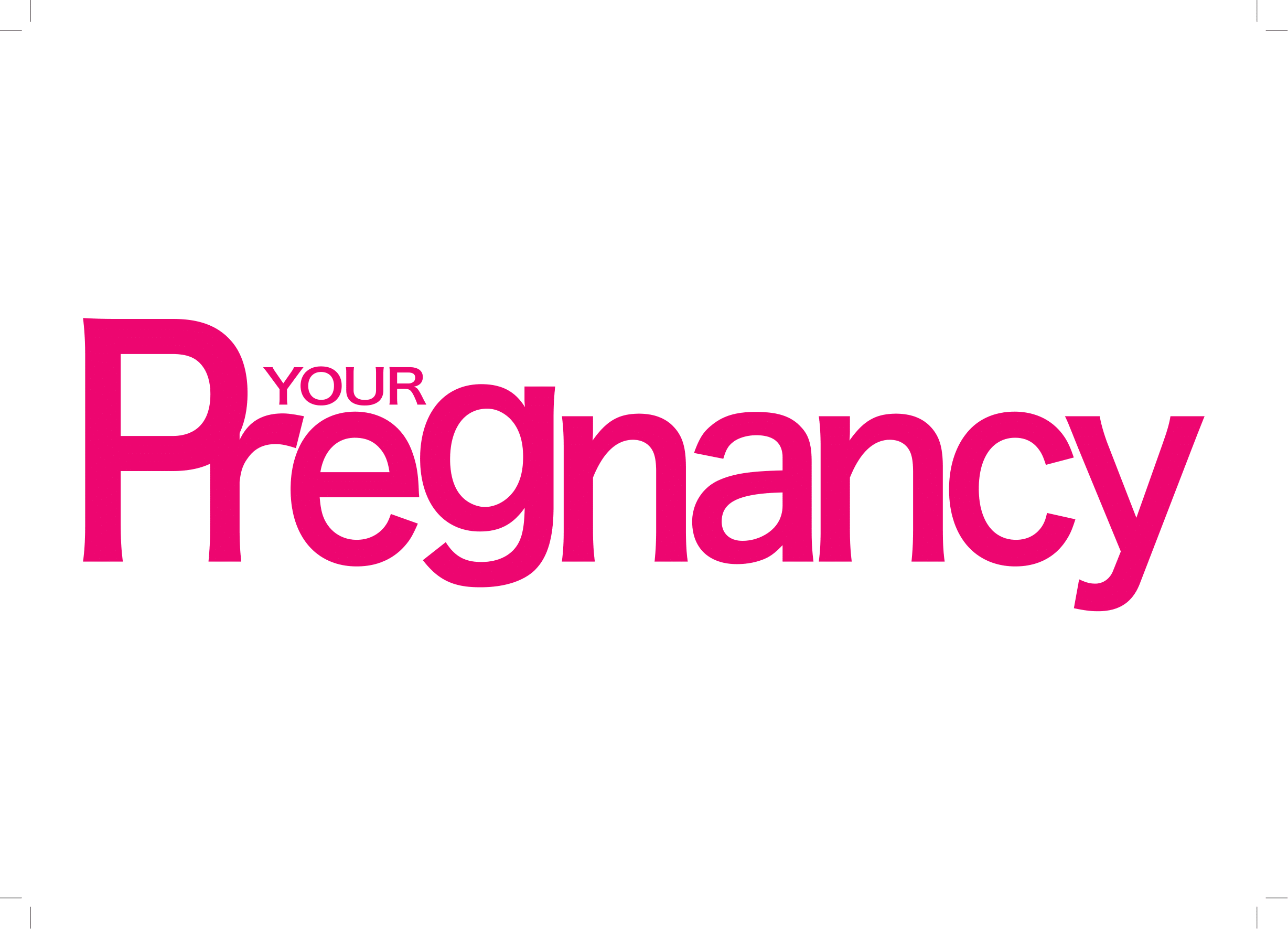
Types of multiple pregnancies
The increase in the number of twins being conceived is mainly because fertility drugs are often used to stimulate the ovaries after contraceptives have kept them inactive for many years.
It’s quite common for more than one egg to be released at a time and since they’re all likely to be fertilised at conception – twins or more have to learn to share a womb.
Identical twins
Identical twins – also known as monozygotic, zygotic or uniovular – occur when 2 or more babies develop from a single, fertilised ovum (egg) when it splits (sometimes up to 6 times – but twins are the norm).
These babies share a placenta and amniotic sac, they are always the same gender and look almost identical. Identical twins are not hereditary and are less common than other types of multiples.
Non-identical twins
Non-identical twins – also known as fraternal or biovular – occur more often. An inherited gene (either from the mother’s or the father’s family, expressed only in daughters) supplies extra follicle-stimulating hormone, prompting the ovaries to ripen more than one egg during ovulation.
Conjoined twins
Conjoined twins occur when the split for zygotic twins is incomplete.
False twins
“False twins” occurs when 2 different men father 2 different eggs released at about the same time.
A high risk pregnancy
A multiple-pregnancy is classified as high-risk because everything about it is exaggerated – size, weight, amniotic fluid, tiredness and moving body parts. This puts a whole lot more strain on the mother and babies.
Multiples are more likely to be born pre-term and every week beyond 28 weeks is considered a bonus.
The health risk of a multiple pregnancy
Women expecting twins are more likely to suffer from high blood pressure. After 35 weeks there is a strong risk of eclampsia when work overload affects the efficiency of major organs. All systems slow down, resulting in fluid retention and oedema (swelling). In severe cases it may be necessary to deliver the babies earlier than expected.
Diet, nausea, vomiting, discomfort and the poor iron absorption can contribute to primary anaemia. The mother’s blood is also “diluted” because of the increased volume.
Pressure from the overstretched womb pushes against the stomach, diaphragm and lungs, intestines, bladder and bowel. Each organ protests in its own way resulting in exaggerated breathlessness, heartburn, constipation, irritable bladder and haemorrhoids.
- Placenta praevia may occur when the placenta (afterbirth) attaches to the lower half of the womb. This adds to the risk of haemorrhaging before or at the time of birth.
- Post-partum haemorrhage is another potential risk as the three layers of muscle that make up the womb may have difficulty contracting back to size. Delayed contraction means insufficient pressure on the raw patch left by the placenta. Anaemia and reduced amounts of blood-clotting enzymes, also contribute to haemorrhaging.
Tips while you’re pregnant
- Rest helps to prolong the pregnancy. Lying on your left side increases blood flow to the womb, maximising oxygen and nutrition to your babies. This also helps the kidneys to remove excess water from the body.
- Limit your salt intake to minimise oedema.
- Increase your water intake to eight glasses daily. Together with resting, it helps to flush waste products from the body.
- Improve nutrition with high-quality calories. This means eating a balanced diet from all the food groups.
- Be aware of contractions, learn to monitor them and listen to your body.
What to expect at birth
Vaginal birth or caesarean section?
Vaginal birth for multiple pregnancies is rare because doctors (and midwives) want to avoid all possible complications. Vaginal birth will be considered if you’ve had a problem-free pregnancy, a previous hassle-free labour and delivery, and if the leading baby is head down, chin well tucked in.
Vaginal birth depends on the mother’s state of health and the gestational age of the babies at the time of labour. Premature babies risk a brain haemorrhage if they’re subjected to the pressures of a vaginal birth.
Twins or triplets need to negotiate delivery positions – it could lead to problems if they’re all vying for first place. Delayed (or slow) labour can stress the babies unnecessarily. For these reasons, prepare yourself physically and emotionally for a caesarean.
Epidural
An epidural (or spinal) is tricky with an oversized uterus because it’s really difficult for the mother to sit and bend over. More often, this is given with the woman lying on her side. Remember that lying on your back puts unnecessary pressure on blood return to the heart. This in turn can cause a backlog in your circulation, subjecting your placenta to decreased blood flow and subsequently less oxygen to the babies.
Once your babies have been born and are healthy and at home, be prepared for the hard work of raising two or more little individuals simultaneously.




 Publications
Publications
 Partners
Partners














